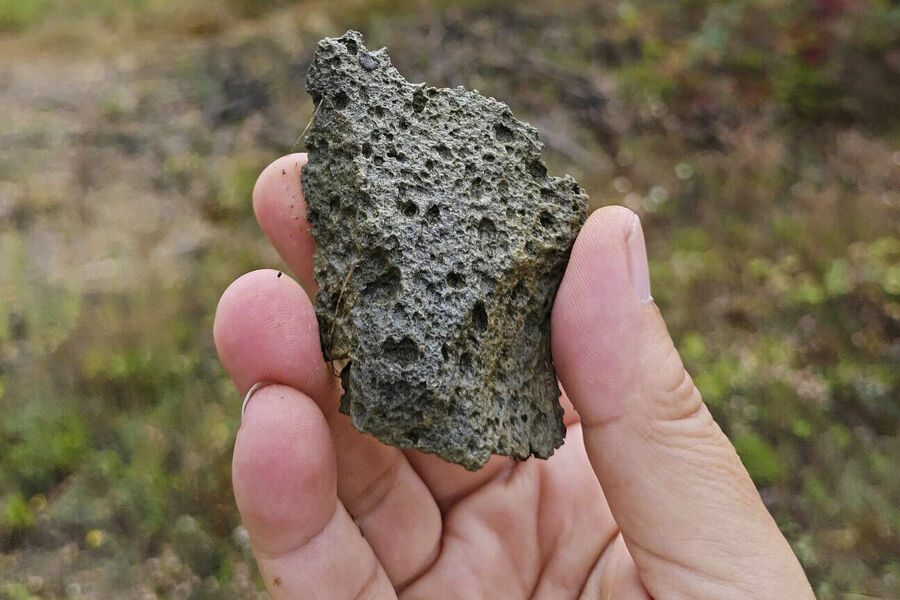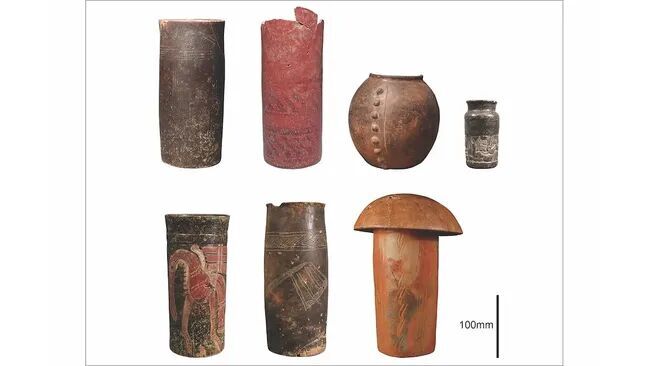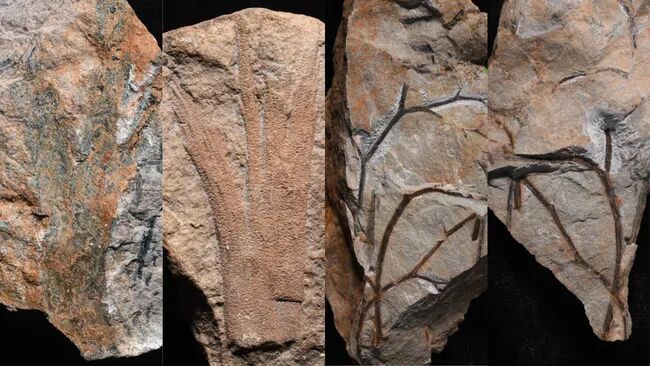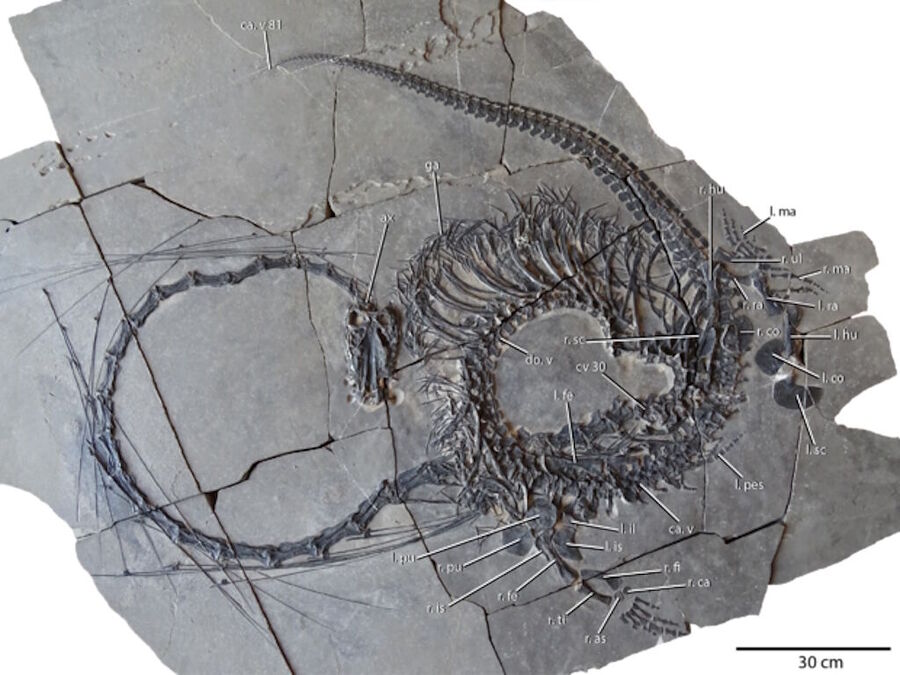OF THE
TIMES
The central thesis of this article is that the State of Israel is a pure imperialist invention to facilitate the domination of Western Asia by the great powers, a domination that can only be exercised through fascist methods. We seek to prove this thesis by analyzing the history of the Zionist movement from the end of the 19th century to the middle of the 20th century, using as sources the works of some of the greatest scholars on the subject worldwide, many of them Jews.The common origins of German Nazism, Italian fascism and Israeli Zionism


"I know the tactics of European governments when they wish to acquire possession of oriental states. They first send missionaries then Consuls to support the missionaries then armies to support the Consuls. I am not a Rajah of Hindustan to be hambugged in that fashion. I prefer having at once to do with the armies." - Ethiopian Emperor Tewodros II.Ethiopia holds a special place among African nations. This ancient country has a strong history of statehood, it has adopted Orthodox Christianity (which is rare for the African continent), and has retained its individuality to this day. One of the particular features of Ethiopia is that it persistently - and successfully - fought against European attempts to colonize it. In fact, Ethiopia is one of only three African countries (along with Liberia and Egypt, although the latter was under the British protectorate) never to have been colonized.

Researchers, historians and writers in the documentary claim Russia became a convenient target after the Great Schism. Throughout history, European rulers and philosophers constructed the image of an uncivilised nation, unfit for talks. For example, French philosophers Diderot, Voltaire and Rousseau argued if Russia could become a civilised country or if it was destined to remain barbarian.The Long Roots of Our Russophobia
The mythical ferocious Russian bear and the tale of bad Russia still feature in the media and contribute to modern russophobia. The documentary traces the origins of the anti-Russian narrative in the West and explores who benefits from it.
Mettan defines Russophobia as the promotion of negative stereotypes about Russia that associate the country with despotism, treachery, expansion, oppression and other negative character traits. In his view, it is "not linked to specific historical events" but "exists first in the head of the one who looks, not in the victim's alleged behavior or characteristics."The UK
Like anti-semitism, Mettan writes, "Russophobia is a way of turning specific pseudo-facts into essential one-dimensional values, barbarity, despotism, and expansionism in the Russian case in order to justify stigmatization and ostracism."
The origins of Russophobic discourse date back to a schism in the Church during the Middle Ages when Charlemagne was crowned emperor of the Roman empire and modified the Christian liturgy to introduce reforms execrated by the Eastern Orthodox Churches of the Byzantine empire.
Mettan writes that "the Europe of Charlemagne and of the year 1000 was in need of a foil in the East to rebuild herself, just as the Europe of the 2000s needs Russia to consolidate her union."
The classic British anti-war film The Charge of the Light Brigade will be fifty years old next year. Who would have thought the crude Russophobia of the 1850s, which Tony Richardson expertly satirized, would be back in vogue half a century later?Russophobia, obsession of the UK elite
The idea history is cyclical and not linear is probably not disproved by looking back to what happened to Britain in the 1850s.
Then, as now, the establishment (and also some of its critics) were promulgating the most ludicrous conspiracy theories about how the 'barbarian' Russians posed a threat not just to the British Empire, but to the entire Western civilization.
Then as now, it was all a load of hogwash. The warmongers of the day just wanted an excuse for another scrap, one in which like their neocon counterparts today, they would stay safely out of harm's way when the cannon balls were fired. For the financial elites, conflict meant excess profits and a nice return on war loans.


The reptile was clearly very well adapted to an oceanic lifestyle, as indicated by the flippered limbs and exquisitely preserved fishes in its stomach region. Despite superficial similarities, Dinocephalosaurus was not closely related to the famous long-necked plesiosaurs that only evolved around 40 million years later and which inspired the myth of the Loch Ness Monster. The fossils were discovered in Guizhou Province, southern China.
[...]
The paper describing the animal is published in full in the academic journal Earth and Environmental Science: Transactions of the Royal Society of Edinburgh - forming the entirety of the latest volume.
Comment: Author provides a cohesive and comprehensive historical context to the creation and diabolical trajectory of 'Israel' and its complicit partners. Excellent read.